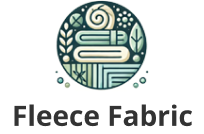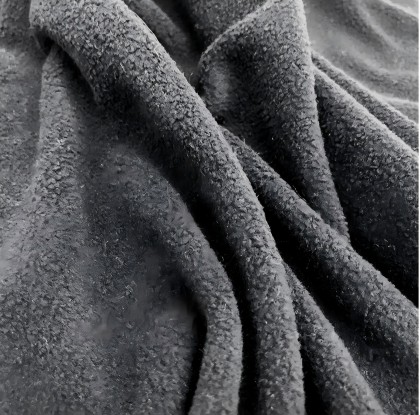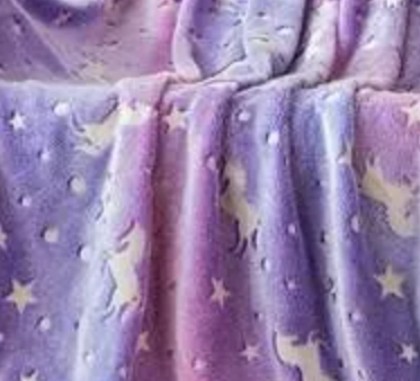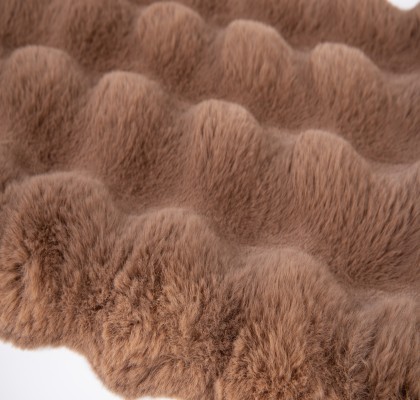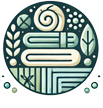Minky plush fleece fabric is renowned for its softness, durability, and versatility, making it an ideal choice for a wide range of applications, including toys, blankets, pillows, and more. The weaving process of this premium fabric involves a series of meticulous steps that ensure the final product meets the highest standards of quality and comfort. Below is a concise yet comprehensive overview of the weaving process of Minky plush fleece fabric.

1. Material Selection
The foundation of any high-quality fabric lies in the choice of materials. Minky plush fleece is crafted primarily from 100% polyester. This material is chosen for its durability, resilience, and ability to retain softness even after repeated washing. The polyester fibers are carefully sourced to ensure they meet the required specifications in terms of length, thickness, and strength.
2. Preparation of Yarn
Once the polyester fibers are selected, they undergo a series of preparations to transform them into yarn. This involves blending the fibers to achieve a uniform consistency, drawing out the fibers to straighten and parallelize them, and then twisting them together to form yarn. The yarn is then wound onto bobbins, ready for the weaving process.
3. Weaving Setup
Before the weaving begins, the loom is meticulously set up. The loom is a complex machine that interlaces the warp and weft yarns to form the fabric. The warp yarns are vertical and run the length of the loom, while the weft yarns are horizontal and are inserted across the warp. The loom is adjusted to the desired settings, including the width of the fabric, the tension of the yarns, and the pattern or design to be woven.
4. Weaving Process
The weaving process itself is a highly automated and precise operation. The loom is activated, and the weft yarns are shot across the warp at high speed, interlacing with the warp yarns to form the fabric. In the case of Minky plush fleece, a special weaving technique is used to create the plush, soft texture. This involves using a jacquard loom, which allows for the weaving of intricate patterns and textures into the fabric.
During the weaving process, the yarn tension is constantly monitored to ensure that the fabric remains even and free of defects. Any imperfections are immediately addressed to maintain the high quality of the final product.
5. Finishing Treatments
Once the weaving is complete, the fabric undergoes a series of finishing treatments. These treatments enhance the fabric’s softness, durability, and appearance. They may include brushing, which raises the fibers to create a plusher texture; shearing, which evens out the fabric surface; and washing, which sets the colors and removes any excess fibers or chemicals.
6. Quality Control
Throughout the weaving and finishing processes, quality control is paramount. Each stage of production is carefully inspected to ensure that the fabric meets the required specifications. This includes checking the yarn quality, the weave pattern, the fabric’s dimensions, and its overall appearance. Any defects or imperfections are identified and corrected promptly to maintain the high standards of quality expected from Minky plush fleece fabric.
7. Packaging and Shipping
Once the fabric has passed all quality control checks, it is carefully packaged and prepared for shipping. The packaging is designed to protect the fabric from damage during transportation and to ensure it arrives in perfect condition at its destination.
In conclusion, the weaving process of Minky plush fleece fabric is a complex and highly automated operation that involves meticulous attention to detail at every stage. From material selection to weaving, finishing treatments, and quality control, each step is crucial in ensuring that the final product meets the highest standards of quality and comfort. With its soft touch, durability, and versatility, Minky plush fleece fabric continues to be a favorite among crafters, designers, and consumers alike.
